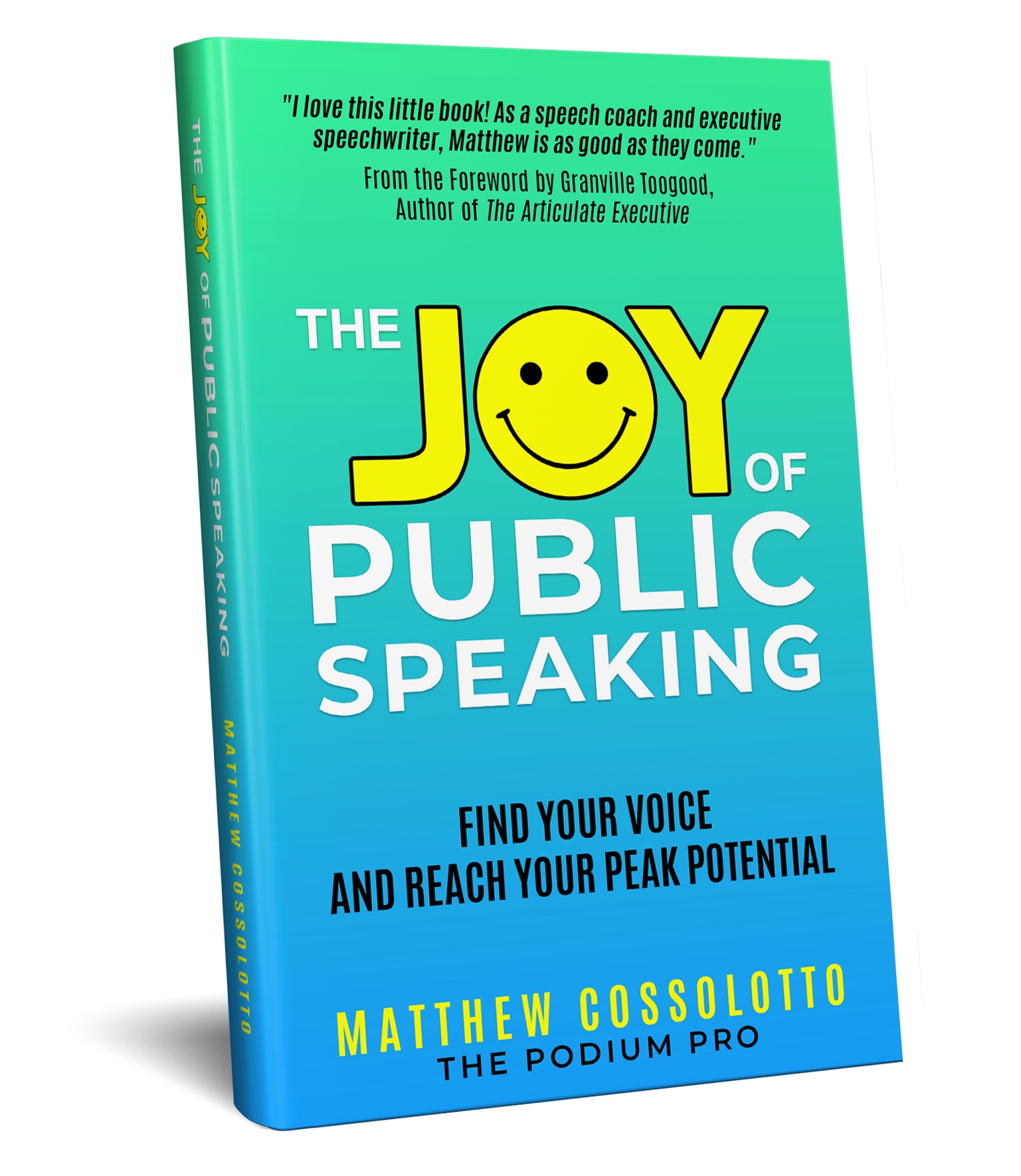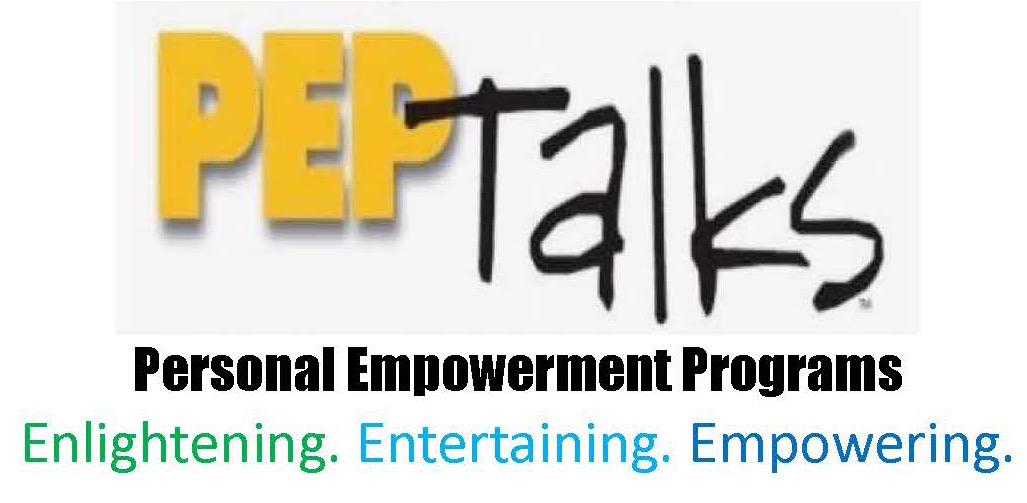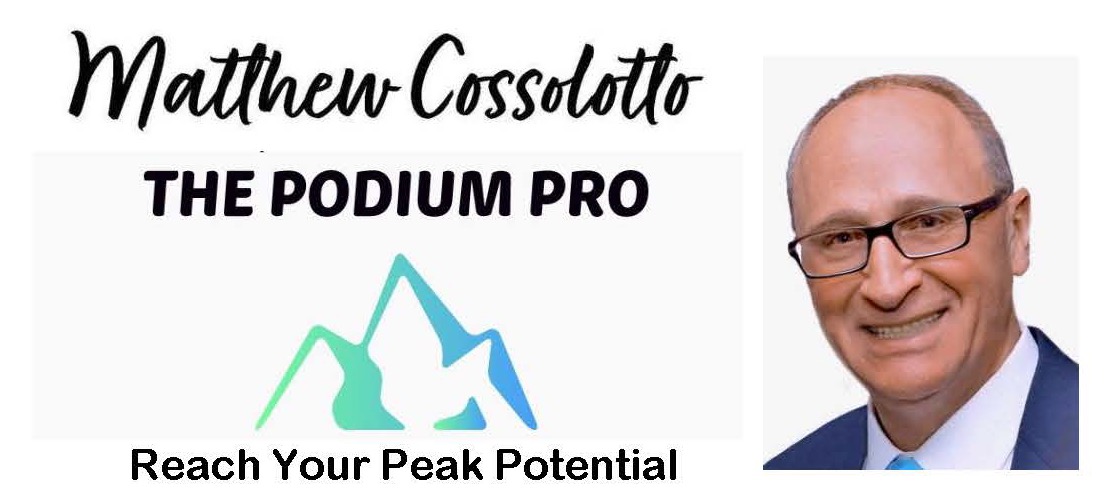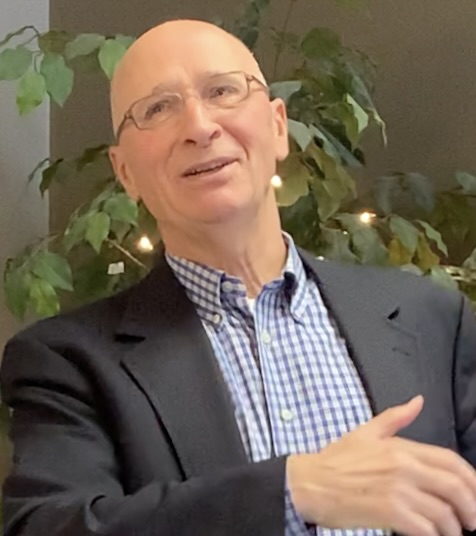In this article Matthew Cossolotto summarizes some of the lessons from this series
In my book — The Joy of Public Speaking — I provide readers with a detailed discussion about Twenty Terrific Tips for Top-Notch Talks. For this short article, the sixth and final in this master class series, I boil my twenty recommendations down to my top ten most powerful pro tips for powerful presentations. These ten suggestions offer performance-related and mindset-centered techniques and pointers to help you up your game whenever you address an audience.
Tip 1 – Every speech should be about one thing
You should build your presentation around one clear, unmistakable point and connect everything you say to that central message. A useful image is to imagine a tree with one main trunk and several large branches stemming naturally from it. These branches — ideally no more than three to five — contain the examples you’ll want to illustrate your main message.
“You should build your presentation around one clear, unmistakable point”
It helps to start with the conclusion in mind. In The Seven Habits of Highly Effective People, Stephen Covey urges readers to: “Begin with the end in mind.” That happens to be sound advice for effective people and effective speakers. Doing so will help you stay on message as you prepare the content and flow of your remarks.
Tip 2 – ‘Brevity is the soul of wit’
Keep it brief. Remember the so-called 18-minute rule. After hearing somebody speak for about 18 minutes, give or take, audiences usually hit a wall. They simply can’t concentrate any longer. Martin Luther King’s inspiring “I Have a Dream” speech clocked in at 17 minutes. Steve Jobs delivered a well-received commencement address at Stanford University in just 15 minutes. And Abraham Lincoln’s Gettysburg Address — a speech that, contrary to Lincoln’s own words in the speech itself, has been much noted and long remembered — was only 272 words long and took less than three minutes to deliver.
Tip 3 – Go easy on facts and stats
You want substance in your talk, but you don’t want to overdo it. It’s counterproductive to overwhelm the audience with detailed facts and figures, including PowerPoints crammed with too much information.
“It’s counterproductive to overwhelm the audience with detailed facts and figures”
Sure, some specialized topics and audiences require more technical details than others. You need to understand and cater to your audience. For most general interest audiences, you should highlight only the most compelling facts.
Tip 4 – Rehearse. Rehearse. Rehearse.
If real estate is all about ‘location, location, location’, effective speaking requires that you ‘rehearse, rehearse, rehearse’. There’s no substitute for rehearsing your presentation out loud several times before delivery. Whenever possible, be sure to study video and audio recordings of your presentations.
“The Go Zone is when you’re looking out at the audience”
Tip 5 – Never look down at the text
My friend and leading speech coach, Granville Toogood, talks about the Ozone, the No Zone, and the Go Zone. The Ozone is when the speaker speaks while looking up at the ceiling or over the tops of the heads of the audience members. The No Zone is when you’re looking down at the text. You should never speak when looking down. If you do, it will be obvious that you’re reading the text. ‘Public reading’ is not recommended. Audiences don’t appreciate being read to, word for word. When looking down at the text, zip it. You’re in the No Zone. The Go Zone is when you’re looking out at the audience, making good, steady eye contact with individual members of the audience.
Tip 6 – Banish ums and uhs
Many speakers seem to feel the need to fill every second with sound. Perhaps because silence makes them nervous. The strings of ums and uhs that too many speakers utter between words rob them of authority and power. These annoying junk sounds, as I call them, make you appear unprepared and uncertain. They should be avoided as much as possible. You will become a much more commanding presence on stage — and, for that matter, in media interviews — when you do so.
Tip 7 – Use lively language and catchy soundbites
Make an effort to use lively language, memorable words, and catchy soundbites. Don’t overload your speech with them. Compelling, colorful language will help ward off audience boredom and help your audience remember your speech and key messages.
“Make an effort to use lively language, memorable words, and catchy soundbites”
A little alliteration and words that rhyme go a long way. Paint word pictures with metaphors, similes, and vivid images. Use active, not passive, verbs. The key is to make your speech memorable. Lively language and a few catchy soundbites help you do that.
Tip 8 – Don’t rush
Take your time. Too many speakers rush through their presentations like they have to catch a plane. Remember that real, live human beings are listening to you. They’re not reading the text. The audience can’t speed listen!
Don’t try to squeeze everything you know about a topic into the allotted time. It’s better to skip less essential material than to race through too much material. Time your rehearsals. Then cut out some of the content before you give your talk. A rushed presentation is a form of torture for the audience. I call it mental waterboarding, drowning the audience with too much content. Have mercy on the audience!
Tip 9 – You are your best visual aid
Should you use visual aids? It’s an important question. Simple answer: If you use them, don’t abuse them. Many of us have heard the expression: ‘Death by PowerPoint’. If you want to be kind to your audience, think of yourself as your own best visual aid. The focus should be on you, the speaker, not on the slides you brought along.
“The focus should be on you, the speaker, not on the slides you brought along”
If you do use PowerPoint, keep them simple. Edit the words on each slide to a bare minimum. Use pictures and illustrations and cartoons that make a relevant point. Uncluttered charts and graphs can be very useful.
Tip 10 – Cultivate the willingness to be admired
My former boss, Speaker of the U.S. House of Representatives Jim Wright, made a profound observation about leadership that I believe also applies to speakers. Looking back on his decades-long experience with numerous U.S. presidents and other leaders worldwide, Wright observed that the top leaders he had worked with all possessed an important quality in common. He called it, ‘The willingness to be admired’.
Wright did not mean that these leaders were egotistical in their desire for public attention or admiration. Rather, they were simply willing to put themselves in the spotlight, to occupy center stage, to serve in the glare of public attention. This willingness to be admired also applies to anyone who mounts a podium to give a speech or presentation.
I believe these top ten pro tips — combined with other ideas and insights contained in The Joy of Public Speaking — will help you become a more compelling, confident, and joyful speaker. Remember: Always speak with joy!
About the Author
A former NATO speechwriter, Matthew Cossolotto is the author of The Joy of Public Speaking and the forthcoming Harness Your HabitForce and Embrace Your Promise Power. Matthew provides coaching and conducts public speaking workshops and other Personal Empowerment Programs (PEP Talks) in Brussels and beyond. Visit: www.MatthewCossolotto.com.











